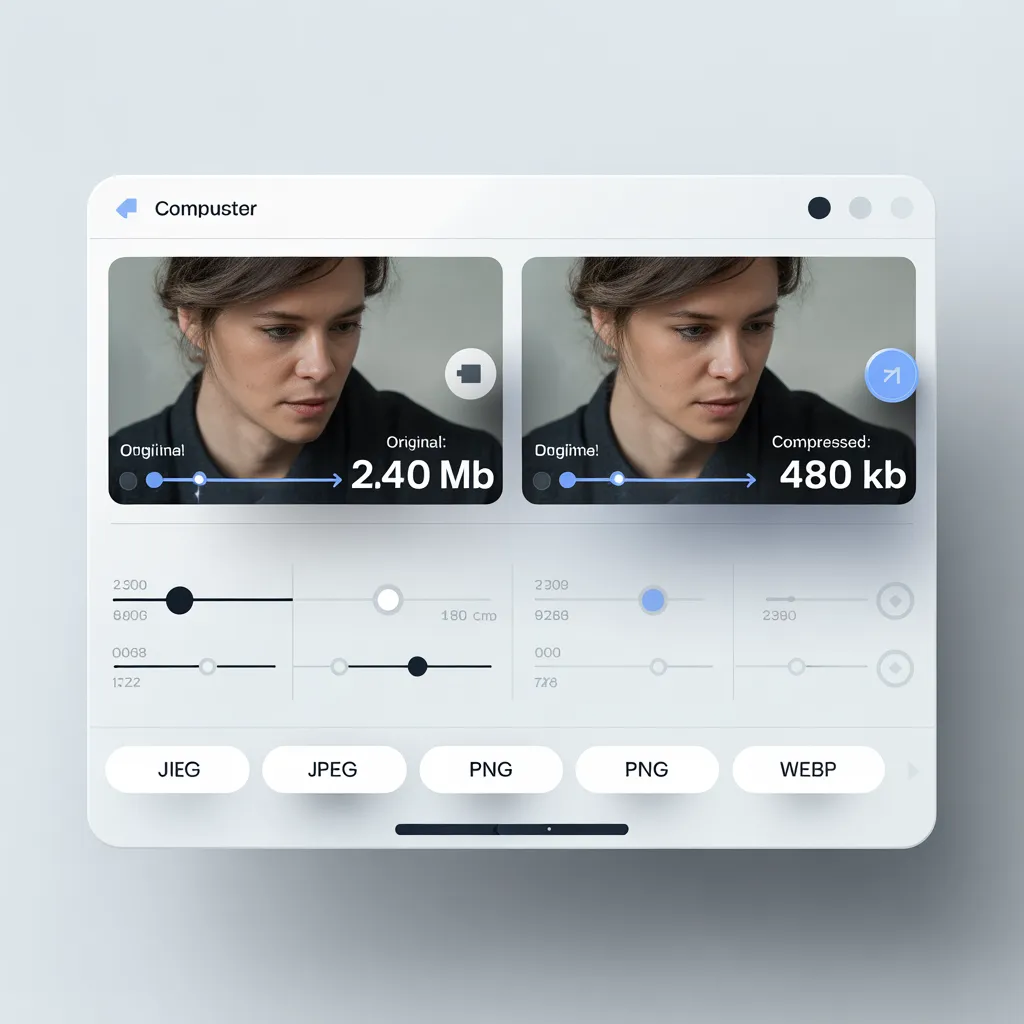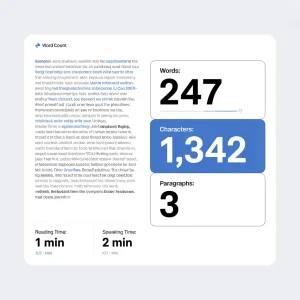Free Image Compressor Tool (Latest)
Image Compressor Tool
The Ultimate Guide to Free Image Compressor Tool: Enhance Your Website’s Speed and Performance
Introduction:
In today’s digital world, the visual appeal of a website is essential, but so is its performance. Slow-loading websites with large, unoptimized images can frustrate users, leading to higher bounce rates and poor user experiences. This is where an image compressor tool comes into play which is absolutely free. Whether you’re a business owner, blogger, or just someone looking to optimize your images for the web, understanding how to use an image compressor tool is crucial for improving both website speed and SEO rankings.

In this article, we’ll walk you through what an image compressor tool is, its applications, and how it can benefit your website. We’ll also explore the importance of image optimization and why it matters for SEO.
What is an Image Compressor Tool?
An image compressor tool is a software or online utility designed to reduce the file size of an image without significantly affecting its quality. By compressing images, the tool makes them smaller, which helps websites load faster and use less bandwidth.
Why Compress Images?
Uncompressed images, especially large ones, can significantly slow down your website. When users visit a webpage, the browser must download every image, and if those images are too large, it can result in long load times. The longer your website takes to load, the more likely visitors will leave before your page fully loads.
Image compression allows you to shrink the file size of images while maintaining a visually acceptable quality. The smaller the image file size, the faster the webpage loads, leading to improved user experience and SEO benefits.
Applications of Image Compressor Tools
An image compressor tool isn’t just a useful feature for web developers and designers. It can benefit anyone who works with images online. Here are some of the most common applications:
1. Optimizing Images for Websites and Blogs
One of the primary applications of an image compressor tool is for optimizing images on websites or blogs. When you upload images to your site, they can often be too large, causing your pages to load slowly. By using an image compressor, you can resize and compress the images, which improves load times and ultimately boosts your SEO rankings.
SEO Benefits:
2. Reducing Image Size for Social Media
Images posted on social media often need to meet certain size and quality requirements. By using an image compressor tool, you can quickly reduce the file size of images without sacrificing too much visual quality, ensuring that your posts load quickly and look good across social platforms.
Example:
Instagram, Facebook, and Twitter all have different image size requirements. With an image compressor, you can resize and compress photos for these platforms, ensuring they fit within size limits while maintaining an optimal appearance.
3. Improving Email Campaigns
When you send out email newsletters, you need to ensure that images don’t overload the email size. Large image files can make your emails slower to load or even cause them to be flagged as spam. By compressing images before embedding them in email campaigns, you ensure faster load times and a better user experience.
Example:
If you’re sending an email with high-quality images, such as product shots or event photos, compressing them can help make the email file size smaller. This can improve the email delivery rate and increase the likelihood that recipients will open your emails.
4. Storing Images with Reduced Storage Requirements
If you have a large collection of images—whether for personal use or as part of a business—compressing them can save you significant storage space on your devices or cloud accounts. Image compressor tools help you reduce storage usage while retaining a good quality of the images.
Example:
Photographers or graphic designers often deal with a vast number of high-resolution images. Compressing these files without compromising their visual integrity can help free up valuable storage space on their computers or cloud storage accounts.
Benefits of Using an Image Compressor Tool
1. Faster Website Load Times
The primary benefit of using an image compressor tool is that it reduces the file size of images, which directly translates to faster load times for your website. Studies have shown that 47% of users expect a webpage to load in 2 seconds or less. If your site takes longer, visitors are more likely to bounce.
2. Improved SEO Rankings
Search engines, especially Google, prioritize websites that load quickly. Compressing images helps improve page speed, a key ranking factor for SEO. A faster website not only gets a higher ranking but also provides a better user experience, which keeps visitors engaged.
Google’s PageSpeed Insights is one of the tools you can use to measure how well your website performs in terms of speed. Optimizing images is one of the easiest ways to improve your site’s speed score.
3. Better Mobile Experience
With mobile-first indexing becoming a critical component of Google’s ranking algorithm, it’s important that your images are optimized for mobile devices. Image compressor tools allow you to resize and compress images for mobile, ensuring that your pages load quickly, even on slower mobile connections.
4. Reduced Bandwidth Usage
Compressing images helps reduce bandwidth consumption. This is especially important for users who have limited data plans or slower internet connections. For businesses, reducing bandwidth usage can result in lower hosting costs and a more efficient website.
5. Storage Savings
Smaller image files mean you can store more images in the same space. This is useful for personal photographers, e-commerce websites, or businesses with a large media library. By compressing images, you save both local storage and cloud storage space.
How to Use an Image Compressor Tool
Using an image compressor tool is simple. Here’s a step-by-step guide:

SEO Tips for Optimizing Images on Your Website
As an SEO-focused article, it’s important to understand how to further optimize your images for search engines. Here are a few tips:
Conclusion
An image compressor tool is an essential resource for anyone looking to improve their website’s performance, enhance the user experience, and boost SEO rankings. By reducing the size of images without compromising their quality, you can ensure your website loads faster, which leads to better user engagement, improved rankings, and increased conversions.
Whether you’re a web developer, marketer, photographer, or content creator, image compression is an easy and effective way to make your website or online presence more efficient. Take advantage of these tools today and start reaping the benefits of faster, more optimized images.



